Edge-of-field surface or sub-surface drainage solutions
If you are a landowner and you have identified that drainage is of concern on your land, you may be interested to find out more about the following edge-of-field mitigation technologies below. There are a range of mitigation practices, and if you are more interested in learning more about in-field practices, then please refer to the links at the bottom of this page.
Below are mitigation practices specifically developed to address drainage problems and their associated impact on the quality of water passing through catchments as edge-of field technologies.
Drainage Water Recycling
Most farms in New Zealand are constrained by soil water deficits that develop over summer and autumn, whereas during winter and spring there can be surplus rainfall and associated drainage and/or runoff. This drainage contains nutrients that are, therefore, lost from the farm and will continue to contaminate the receiving water body. Farmers with artificial drainage or channels that collect large amounts of runoff can capture this water, store it, and then irrigate it during dry periods. Explore the links below to find out more about drainage water recycling.
Constructed Wetlands
An artificially created wetland is an area where the flow of drainage and/or runoff is slowed, and so the soil is very wet and there is often ponding. Plants growing in wetlands need to be tolerant of these conditions. Wetlands can be either natural i.e. they have developed naturally, or they can be purpose built or constructed. During this time of relatively slow movement of drainage and runoff through the wetland, contaminants are removed from the water.
The plants will uptake nutrients in the water such as nitrate and inorganic phosphorus, the wet conditions will encourage denitrification (the conversion of nitrate to dinitrogen gas), the larger sediments will settle, and the finer sediments are likely to be trapped on biofilms that form on the litter and plants under water. Therefore, wetlands can effectively improve water quality as it leaves the farm and before it arrives in streams and rivers. A constructed wetland is often the best edge-of-field mitigation where there are large volumes of drainage and/or runoff with smaller concentrations of contaminants.
Controlled Drainage
Artificially constructed surface and sub-surface drains are an intrinsic component of many productive farm systems. However, they could also act potentially as a critical flow pathway for losses of nutrients, for example, nitrate from the soil profile. Explore the links below to learn how contaminant loss can be mitigated in the form of controlled (managed) drainage systems on farms.
Woodchip bioreactors
Bioreactors are a novel edge-of-field practice being developed to reduce the flow of water contaminants from agricultural lands. They harness natural biodegradation processes to create an environment where soil microorganisms can thrive and effectively break down water contaminants. Explore the links below to find out more.
Links to In-Field Drainage Mitigations
If however, you would like more information about in-field drainage management practices, you may find the following links useful:
















